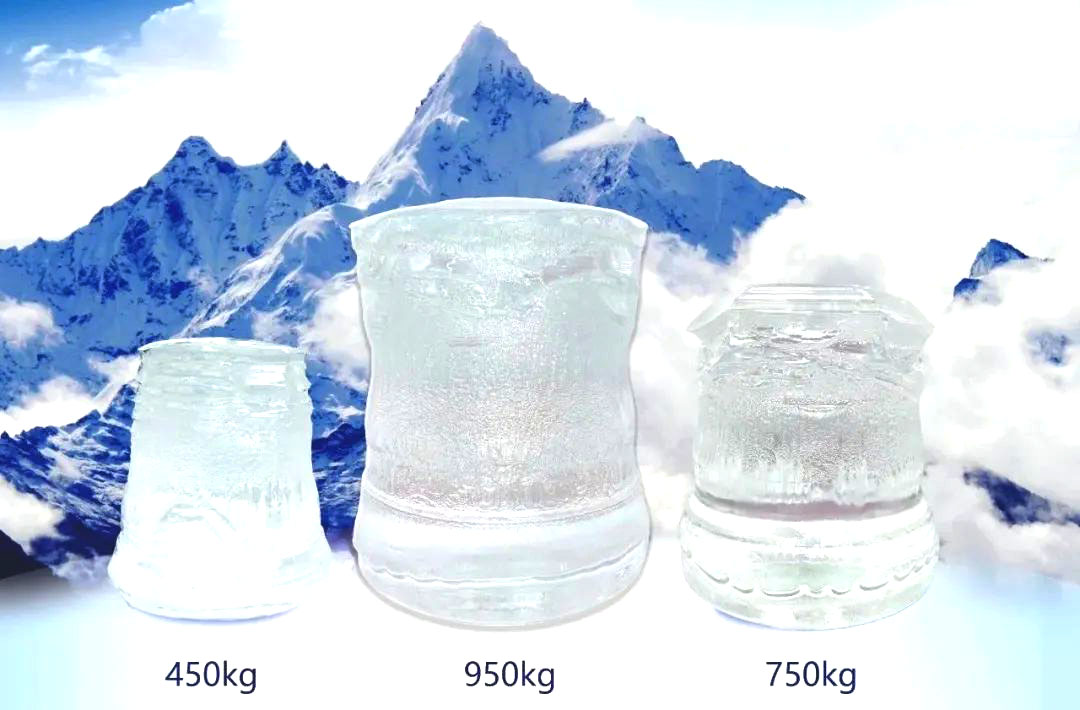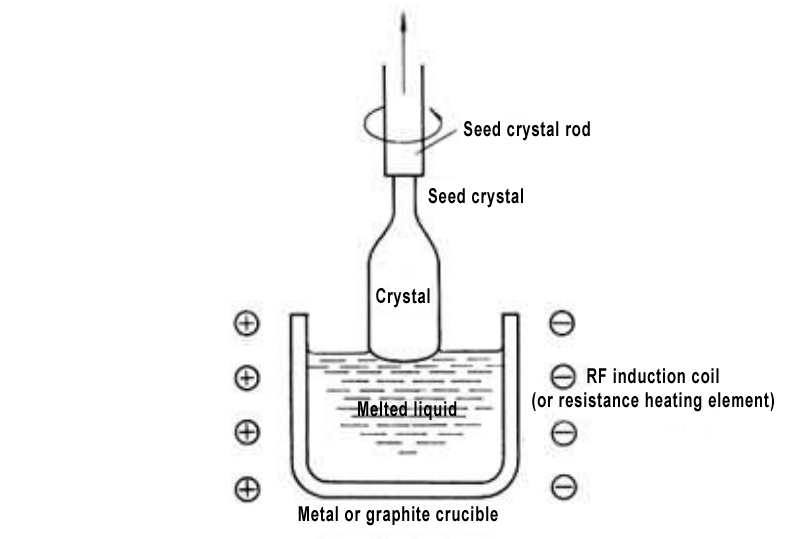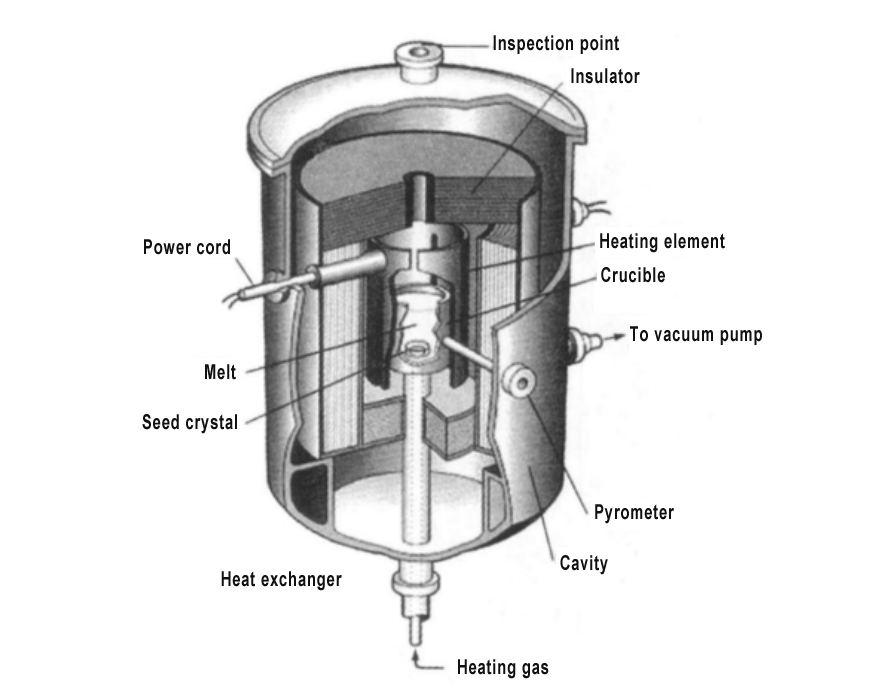
- English
- Español
- Português
- русский
- Français
- 日本語
- Deutsch
- tiếng Việt
- Italiano
- Nederlands
- ภาษาไทย
- Polski
- 한국어
- Svenska
- magyar
- Malay
- বাংলা ভাষার
- Dansk
- Suomi
- हिन्दी
- Pilipino
- Türkçe
- Gaeilge
- العربية
- Indonesia
- Norsk
- تمل
- český
- ελληνικά
- український
- Javanese
- فارسی
- தமிழ்
- తెలుగు
- नेपाली
- Burmese
- български
- ລາວ
- Latine
- Қазақша
- Euskal
- Azərbaycan
- Slovenský jazyk
- Македонски
- Lietuvos
- Eesti Keel
- Română
- Slovenski
- मराठी
- Srpski језик
How much do you know about sapphire?
2024-09-09
Sapphire crystal is grown from High purity alumina powder with a purity of more than 99.995%. It is the largest demand area for high-purity alumina. It has the advantages of high strength, high hardness, and stable chemical properties. It can work in harsh environments such as high temperature, corrosion, and impact. It is widely used in defense and civilian technology, microelectronics technology and other fields.

From high-purity alumina powder to sapphire crystal
Key applications of sapphire
LED substrate is the largest application of sapphire. The application of LED in lighting is the third revolution after fluorescent lamps and energy-saving lamps. The principle of LED is to convert electrical energy into light energy. When the current passes through the semiconductor, the holes and electrons combine, and the excess energy is released as light energy, finally producing the effect of luminous lighting. LED chip technology is based on epitaxial wafers. Through layers of gaseous materials deposited on the substrate, the substrate materials mainly include silicon substrate, silicon carbide substrate and sapphire substrate. Among them, sapphire substrate has obvious advantages over the other two substrate methods. The advantages of sapphire substrate are mainly reflected in device stability, mature preparation technology, non-absorption of visible light, good light transmittance, and moderate price. According to data, 80% of LED companies in the world use sapphire as substrate material.

In addition to the above-mentioned field, sapphire crystals can also be used in mobile phone screens, medical equipment, jewelry decoration and other fields. In addition, they can also be used as window materials for various scientific detection instruments such as lenses and prisms.
Preparation of sapphire crystals
In 1964, Poladino, AE and Rotter, BD first applied this method to the growth of sapphire crystals. So far, a large number of high-quality sapphire crystals have been produced. The principle is: first, the raw materials are heated to the melting point to form a melt, and then a single crystal seed (i.e., seed crystal) is used to contact the surface of the melt. Due to the temperature difference, the solid-liquid interface between the seed crystal and the melt is supercooled, so the melt begins to solidify on the surface of the seed crystal and begins to grow a single crystal with the same crystal structure as the seed crystal. At the same time, the seed crystal is slowly pulled upward and rotated at a certain speed. As the seed crystal is pulled, the melt gradually solidifies at the solid-liquid interface, and then a single crystal is formed. This is a method of growing crystals from a melt by pulling a seed crystal, which can prepare high-quality single crystals from the melt. It is one of the commonly used crystal growth methods.

The advantages of using the Czochralski method to grow crystals are:
(1) the growth rate is fast, and high-quality single crystals can be grown in a short period of time;
(2) the crystal grows on the surface of the melt and does not contact the crucible wall, which can effectively reduce the internal stress of the crystal and improve the crystal quality.
However, a major disadvantage of this method of growing crystals is that the diameter of the crystal that can be grown is small, which is not conducive to the growth of large-sized crystals.
Kyropoulos method for growing sapphire crystals
Kyropoulos method, invented by Kyropouls in 1926, is referred to as KY method. Its principle is similar to that of the Czochralski method, that is, the seed crystal is brought into contact with the surface of the melt and then slowly pulled upward. However, after the seed crystal is pulled upward for a period of time to form a crystal neck, the seed crystal is no longer pulled up or rotated after the solidification rate of the interface between the melt and the seed crystal is stable. The single crystal is gradually solidified from the top to the bottom by controlling the cooling rate, and finally a single crystal is formed.

The products produced by the kibbling process have the characteristics of high quality, low defect density, large size, and better cost-effectiveness.
Sapphire crystal growth by guided mold method
As a special crystal growth technology, the guided mold method is used in the following principle: by placing a high melting point melt into the mold, the melt is sucked onto the mold by the capillary action of the mold to achieve contact with the seed crystal, and a single crystal can be formed during the seed crystal pulling and continuous solidification. At the same time, the edge size and shape of the mold have certain restrictions on the crystal size. Therefore, this method has certain limitations in the application process and is only applicable to special-shaped sapphire crystals such as tubular and U-shaped.
Sapphire crystal growth by heat exchange method
The heat exchange method for preparing large-size sapphire crystals was invented by Fred Schmid and Dennis in 1967. The heat exchange method has good thermal insulation effect, can independently control the temperature gradient of the melt and the crystal, has good controllability, and is easier to grow sapphire crystals with low dislocation and large size.

The advantage of using the heat exchange method to grow sapphire crystals is that the crucible, crystal, and heater do not move during crystal growth, eliminating the stretching action of the kyvo method and the pulling method, reducing human interference factors, and thus avoiding crystal defects caused by mechanical movement; at the same time, the cooling rate can be controlled to reduce the crystal thermal stress and the resulting crystal cracking and dislocation defects, and can grow larger crystals. It is easier to operate and has good development prospects.
Reference sources:
[1] Zhu Zhenfeng. Research on surface morphology and crack damage of sapphire crystals by diamond wire saw slicing
[2] Chang Hui. Application research on large-size sapphire crystal growth technology
[3] Zhang Xueping. Research on sapphire crystal growth and LED application
[4] Liu Jie. Overview of sapphire crystal preparation methods and characteristics



